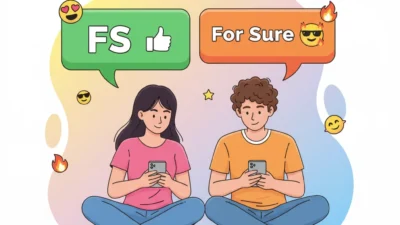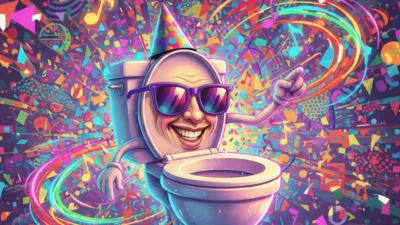“WLW” stands for “Women Loving Women.” It’s an inclusive way to describe women who love, date, or are attracted to other women. The term celebrates romantic and emotional connections between women — whether they identify as lesbian, bisexual, queer, or pansexual. It’s often used on social media, in bios, or in LGBTQ+ spaces to spread positivity and pride.
If you’ve seen the term WLW on TikTok, Twitter, or Instagram, you might have wondered what it really means. Social media moves fast, and new slang words appear almost every week — but some, like WLW, hold powerful meaning and community behind them.
“WLW” isn’t just a casual internet abbreviation. It represents love, identity, and connection among women. It’s a term that feels welcoming and soft, allowing people to express who they are — even when traditional labels don’t fully fit.
In this article, you’ll learn:
- What WLW means
- How it’s used online and in daily life
- The difference between WLW, MLM, and NBLW
- Why this term matters for identity and media representation
Let’s explore this meaningful term that connects thousands of women across the world.
💞 What Does WLW Mean?
The short form “WLW” stands for “Women Loving Women.”
It includes all women who experience attraction — romantic, emotional, or physical — toward other women.
It’s an umbrella term, meaning it can include:
- Lesbians – women who love women
- Bisexual or Pansexual women – who love more than one gender
- Queer women – who identify outside of traditional labels
The focus isn’t on labeling someone — it’s about expressing love, connection, and belonging. Many women feel that “WLW” gives them freedom to be themselves without needing to define their identity too tightly.
💬 Example Sentences
- “I love WLW stories — they feel so honest and real.”
- “She’s part of the WLW community.”
- “That movie gives off strong WLW vibes!”
These examples show that WLW can describe both people and representation in media that focuses on women’s relationships and love.
📱 WLW in Online Culture
Social media is the biggest reason “WLW” became popular. It started on Tumblr and later grew across Twitter, TikTok, Reddit, and Instagram.
People use “WLW” in posts, comments, and hashtags to express identity or celebrate love. It also creates a safe online space for women to connect and support each other.
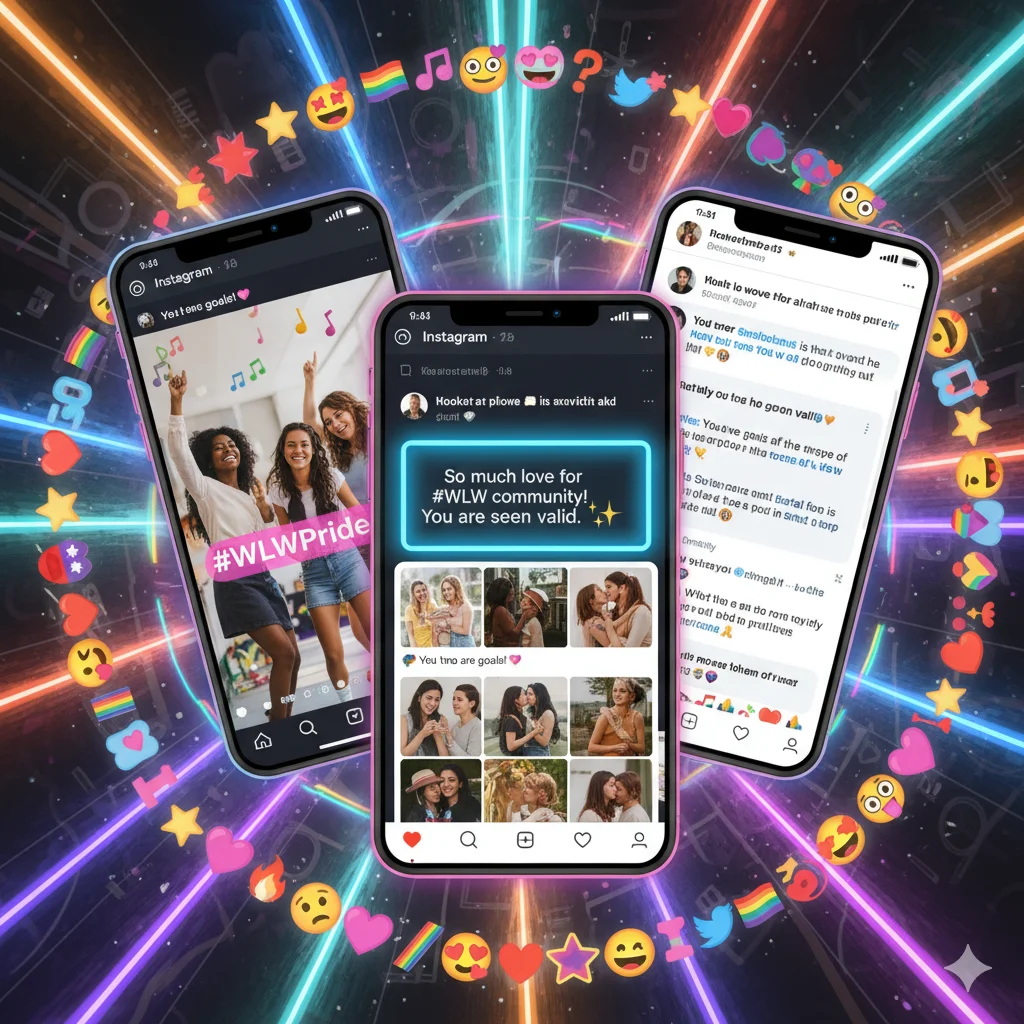
Here’s how “WLW” appears across platforms:
| Platform | Example | Meaning |
|---|---|---|
| TikTok | “#WLW couples challenge ❤️🌈” | Pride and self-expression |
| Twitter (X) | “We need more WLW movies like this one.” | Representation in entertainment |
| WLW fan art and pride stories | Visual celebration of love | |
| WLW support groups and advice posts | Connection and community |
Whether in art, memes, or serious talks, WLW brings people together to share real experiences.
🏳️🌈 WLW vs. MLM vs. NBLW — Comparison Table
Understanding WLW becomes easier when compared with similar terms used across the LGBTQ+ spectrum.
| Term | Full Form | Meaning | Used By |
|---|---|---|---|
| WLW | Women Loving Women | Women who love women | Women (any orientation) |
| MLM | Men Loving Men | Men who love men | Gay or bisexual men |
| NBLW | Non-Binary Loving Women | Non-binary people who love women | Non-binary individuals |
| WLM | Women Loving Men | Women who love men | Straight or bisexual women |
All these terms reflect different types of attraction, helping people communicate their identities in inclusive, respectful ways.
🪞 Where Did “WLW” Come From?
The phrase “Women Loving Women” has been around since the early 2000s but became common online during the Tumblr era around 2010–2015.
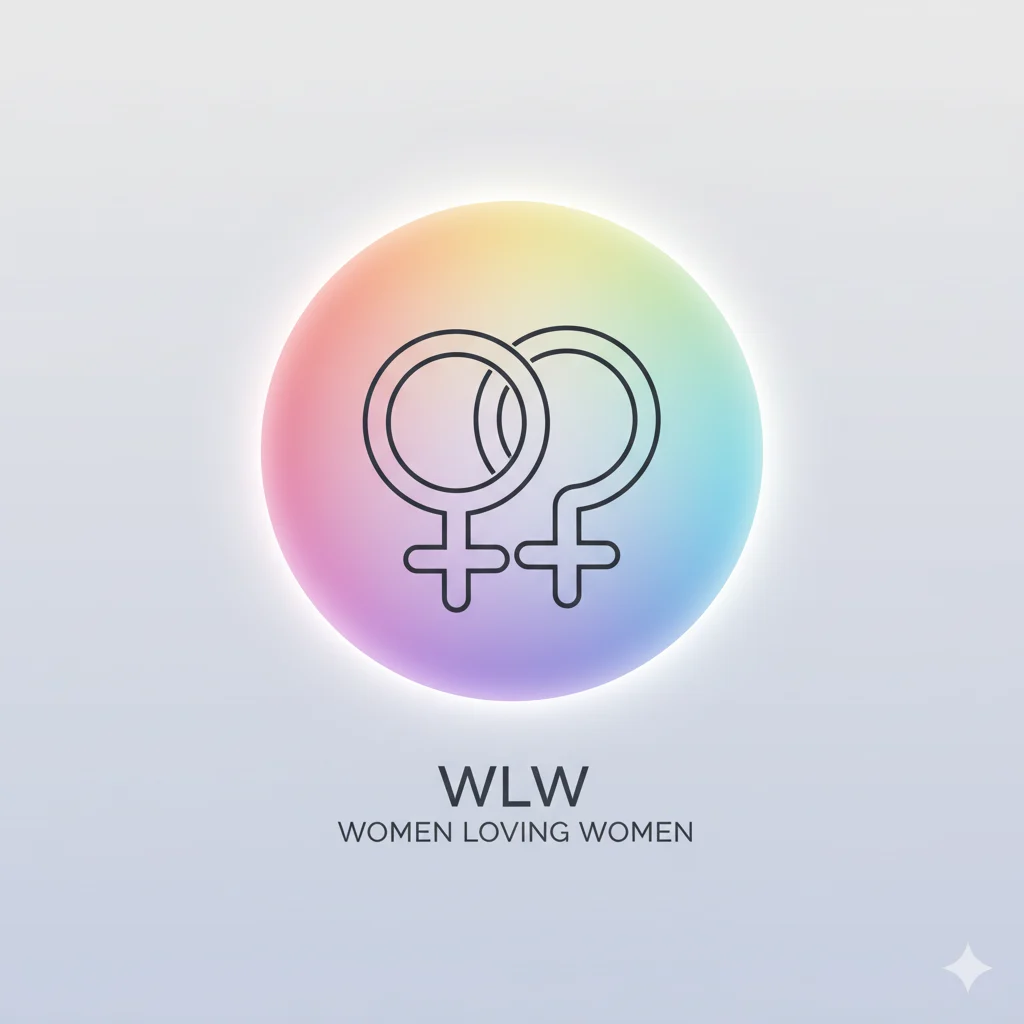
Tumblr users began using WLW to tag posts, fanfiction, art, and discussions about same-gender love. The platform’s openness toward LGBTQ+ expression helped WLW grow into a global community tag.
Over time, it spread to Twitter, TikTok, and Instagram, where it’s now part of everyday internet language — representing both identity and solidarity.
🎬 WLW in Media and Pop Culture
Representation plays a huge role in how society understands love and identity. “WLW” is often used to describe TV shows, movies, and books that show romantic or emotional relationships between women.
Here are some well-loved WLW-centered works:
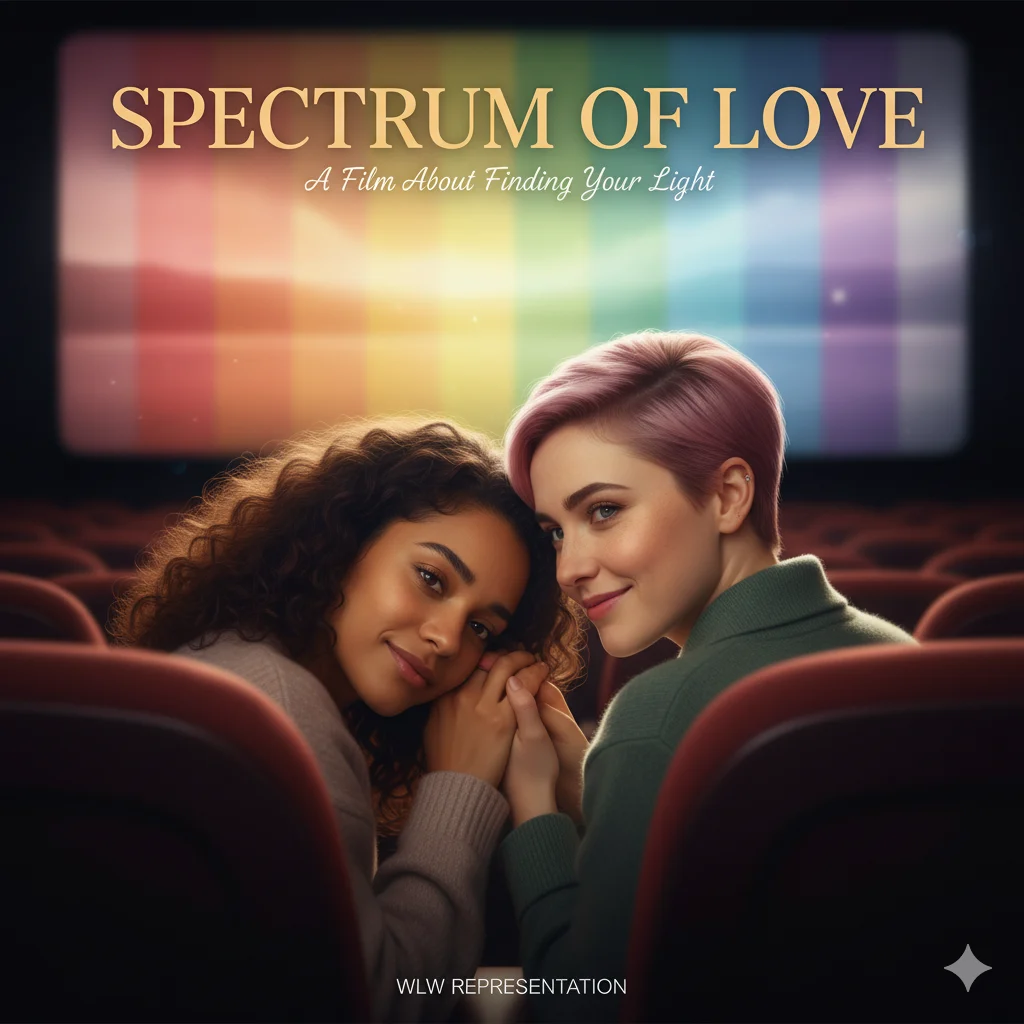
| Media Title | Year | Description |
|---|---|---|
| Carol | 2015 | A romantic drama about two women falling in love in the 1950s. |
| The Owl House | 2020 | Animated fantasy with WLW characters and positive LGBTQ+ themes. |
| She-Ra and the Princesses of Power | 2018 | Popular series featuring strong WLW representation. |
| Portrait of a Lady on Fire | 2019 | A beautiful, emotional film about love and freedom. |
When people online say “This show has WLW energy,” they’re celebrating stories that make women’s love visible and respected.
💬 WLW in Daily Life
While “WLW” started online, it’s now part of everyday language. People use it to talk about their identity or relationships in natural conversation.
Examples include:
- “I’m WLW — it feels good to say it.”
- “She’s a WLW artist who makes pride content.”
- “That song is such a WLW anthem!”
For many, “WLW” feels more comfortable and open than older terms because it allows room for diversity. It focuses on love and connection — not just labels.
💻 WLW on TikTok and Modern Internet Trends
TikTok has become one of the biggest spaces for WLW content. Creators make fun, romantic, or emotional videos that represent love between women — helping millions feel seen.
Some popular WLW trends include:
- Lip-syncs or dances using pride songs 🎶
- “WLW couple goals” videos 💕
- Storytimes or vlogs about coming out 🌈
- Memes and relatable moments about love and identity 💬
These trends help normalize same-gender love and create representation for young audiences discovering themselves.
🎤 WLW in Music and Art
Artists and musicians have also embraced the WLW identity. Songs, poetry, and digital art often highlight women’s love stories and pride journeys.
Some musicians and writers openly describe themselves as WLW or write music inspired by it. These creative works give visibility and empowerment to voices that were once overlooked.
Art and media that reflect WLW themes often carry messages of self-love, acceptance, and emotional strength.
🧠 Why the Term “WLW” Matters
The power of “WLW” goes beyond language — it’s about representation, community, and visibility.
Here’s why it’s important:
- It creates space for all women. WLW is not limited to one label — it welcomes diversity.
- It builds understanding. People who learn WLW can communicate more respectfully about identity.
- It encourages positive media. Using WLW helps push for better representation in entertainment.
- It celebrates love. It focuses on connection and care — not judgment.
In short, “WLW” helps make the internet (and the world) more open, kind, and inclusive.
🧩 Common Misunderstandings About WLW
Even though it’s widely used, there are some misconceptions. Let’s clear them up:
| Myth | Truth |
|---|---|
| WLW only means lesbian. | Not true — it includes all women attracted to women, regardless of label. |
| It’s just internet slang. | It’s also a meaningful term with emotional and cultural depth. |
| WLW excludes non-binary people. | Not necessarily — some non-binary individuals may identify with it. |
| It’s too modern or unnecessary. | New terms help people express themselves more comfortably. |
Understanding the term helps promote kindness and awareness online.
🌍 WLW Representation Around the World
The WLW community is global. From Asia to Europe to South America, women are using this term to find connection and pride.
While cultural attitudes differ, online spaces like TikTok and Twitter allow WLW individuals everywhere to share stories, find support, and celebrate love.
For example:
- In Korea, some fans call WLW content “GL” (Girls’ Love).
- In Japan, “Yuri” describes similar stories in anime and manga.
- In Western countries, “WLW” is the most widely used tag.
Different names, same meaning — love between women deserves visibility.
📚 FAQs About WLW
1. What does WLW stand for?
It stands for Women Loving Women — women who love, date, or are attracted to other women.
2. Is WLW the same as being lesbian?
Not always. All lesbians are WLW, but WLW can also include bisexual, pansexual, or queer women.
3. Where do people use WLW?
Mostly online — on TikTok, Twitter, Reddit, and Instagram. It’s used in bios, hashtags, or art captions.
4. What’s the opposite of WLW?
The opposite is WLM (Women Loving Men), but that term isn’t commonly used in the same way.
5. Can non-binary people use WLW?
Yes, if they feel comfortable with it. Identity language is personal and flexible.
6. What does WLW representation mean?
It means showing authentic, respectful stories about women who love women in movies, TV, and art.
7. Is WLW only about romance?
No. It also covers emotional, artistic, and supportive connections between women.
8. Why do people prefer WLW over “lesbian”?
Some find “WLW” softer and more inclusive. It allows expression without strict categories.
❤️ Conclusion
“WLW” might look like a simple three-letter term — but it carries deep meaning.
It represents love, pride, and acceptance between women in all their diversity.
From social media trends to art and film, “WLW” reminds the world that love has many forms — and every one of them deserves respect and visibility.
As language evolves, so does our understanding of identity. “WLW” is more than just slang — it’s a community, a celebration, and a voice that continues to inspire millions around the globe. 🌈
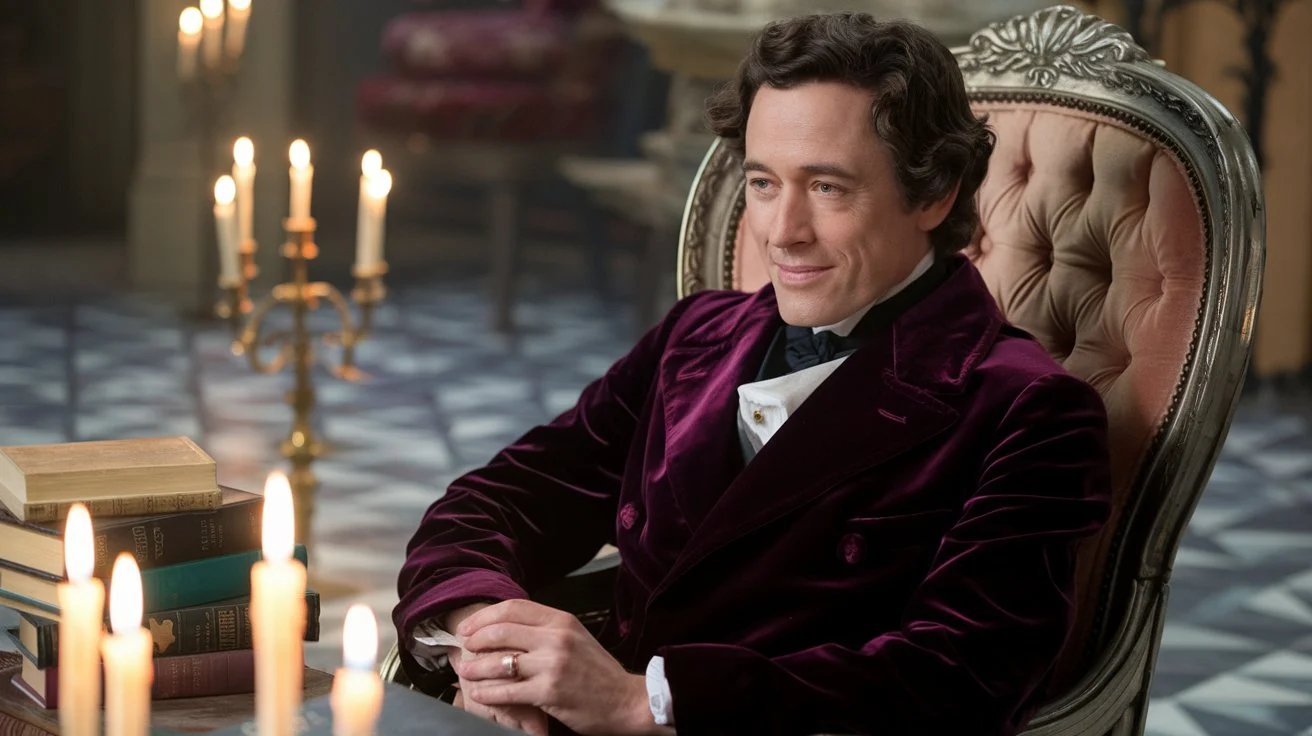
Oscar Wilde combined wit, beauty, and deep symbolism to reveal the spiritual contrasts of human life. His works often reflect the journey of the soul — from desire and art to truth and redemption. Wilde’s timeless reflections remind readers that beauty and wisdom are paths to understanding the divine within.

